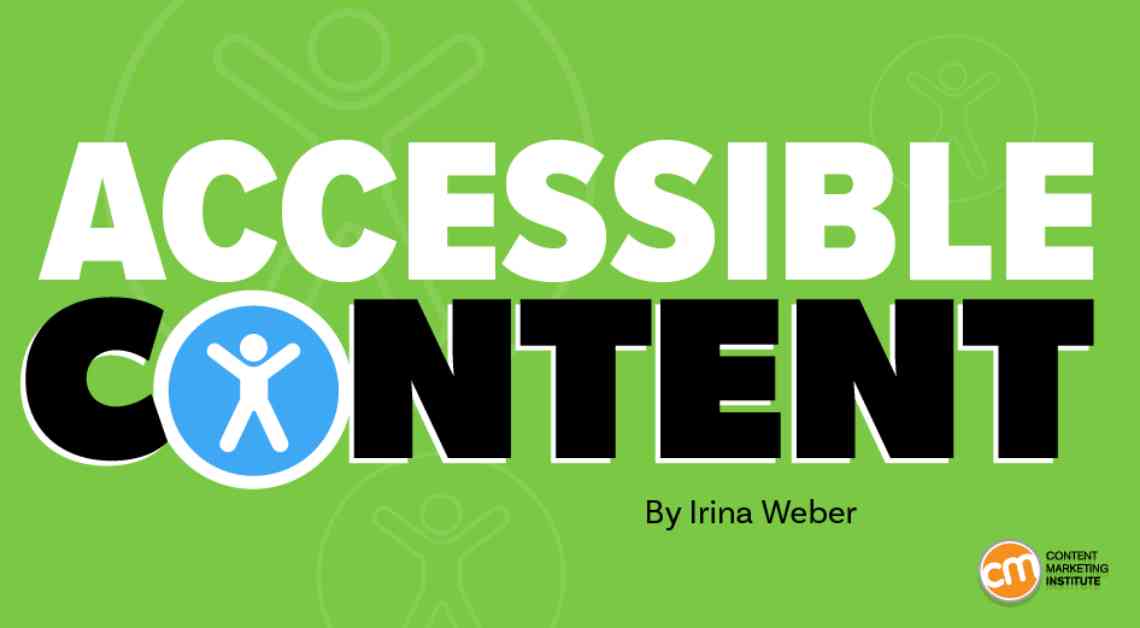Creating Accessible Content: Essential Tips for Marketers
In today’s digital age, creating content that is accessible to all is not just a best practice, but a necessity. With the rise of digital platforms and technology, it is crucial for marketers to ensure that their content is inclusive and easy to navigate for all users. While third-party sites like Google regularly introduce new accessibility features and updates, marketers should take proactive steps to break down barriers and make their content accessible to everyone.
The Web Content Accessibility Guidelines (WCAG) provide a solid foundation for creating accessible digital content. These guidelines are based on four key principles: operable, perceivable, robust, and understandable. By following these principles, marketers can ensure that their content is accessible to a wide range of users, including those who may use alternative methods to interact with digital content, such as keyboard navigation, voice commands, or screen readers.
To achieve accessible digital content that is inclusive of all members of your audience and complies with accessibility laws, consider implementing the following practical tips:
Optimize title tags and headings: Ensure that your content’s structure is clear and easy to navigate for all users. Use descriptive and unique page titles and headings that include relevant keywords. Keep subheadings in sequential order and provide a concise description of the content in each heading.
Create accessible tables: When including tables in your content, use cascading style sheets (CSS) to create them instead of cutting and pasting from other documents. This allows voice assistants to read tables easily and ensures that they are accessible to all users.
Use descriptive anchor text for links: Instead of using generic phrases like “click here,” use descriptive anchor text that clearly indicates what the user can expect when they click the link. Avoid generic phrases and consider using target keywords to make your links more accessible.
Include descriptive alt text for images: Write descriptive alt text for every image and video posted on your site and social media channels. Alt text helps search engines interpret image content, makes it possible for visually impaired users to understand the content, and can improve your website’s visibility and rankings on search engines.
Add a public sitemap: Include both an XML sitemap and an HTML sitemap on your site to help visitors quickly find the content they need and assist search engines in indexing your pages. An XML sitemap is helpful for search engine crawlers, while an HTML sitemap provides a clear overview of essential pages for visitors.
Make social media content accessible: Don’t overlook the accessibility of your social media channels. Add captions and transcripts for video content, use descriptive alt text for images, and consider incorporating a sign language interpreter into your videos and events to make your content more accessible to all users.
Use accessible language: Use clear and simple language in your content to make it easy to understand for all users. Avoid uncommon words, idioms, and abbreviations, or provide explanations when necessary. Use tools like Grammarly or Hemingway Editor to help simplify your content.
Create accessible calls to action: Craft accessible calls to action by writing descriptive and action-oriented text, ensuring color contrast meets accessibility guidelines, placing primary CTAs above the fold, and adjusting the size and placement of CTAs for mobile users.
Regularly assess your content for accessibility: Use free website accessibility checker tools to evaluate your site’s performance and ensure that your content is accessible to all users. Consider asking users with disabilities to test your site and publish a pledge for website accessibility on your site.
In conclusion, creating accessible content is essential for ensuring that all users can access and engage with your digital content. By following these essential tips, marketers can create inclusive and accessible content that reaches a wide range of users and complies with accessibility laws. Embracing accessibility not only improves the user experience but also helps create a more inclusive online environment for all.









